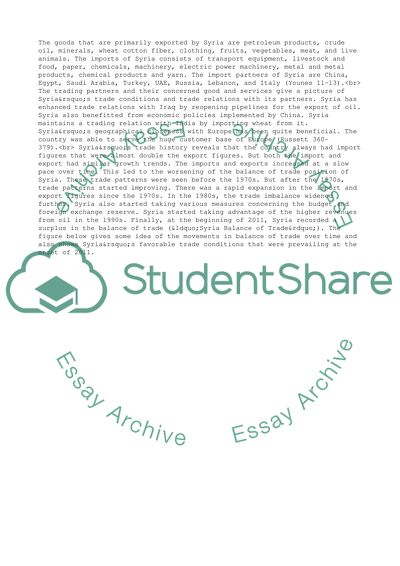Cite this document
(“Trade theories Assignment Example | Topics and Well Written Essays - 1500 words”, n.d.)
Trade theories Assignment Example | Topics and Well Written Essays - 1500 words. Retrieved from https://studentshare.org/business/1657835-trade-theories
Trade theories Assignment Example | Topics and Well Written Essays - 1500 words. Retrieved from https://studentshare.org/business/1657835-trade-theories
(Trade Theories Assignment Example | Topics and Well Written Essays - 1500 Words)
Trade Theories Assignment Example | Topics and Well Written Essays - 1500 Words. https://studentshare.org/business/1657835-trade-theories.
Trade Theories Assignment Example | Topics and Well Written Essays - 1500 Words. https://studentshare.org/business/1657835-trade-theories.
“Trade Theories Assignment Example | Topics and Well Written Essays - 1500 Words”, n.d. https://studentshare.org/business/1657835-trade-theories.


